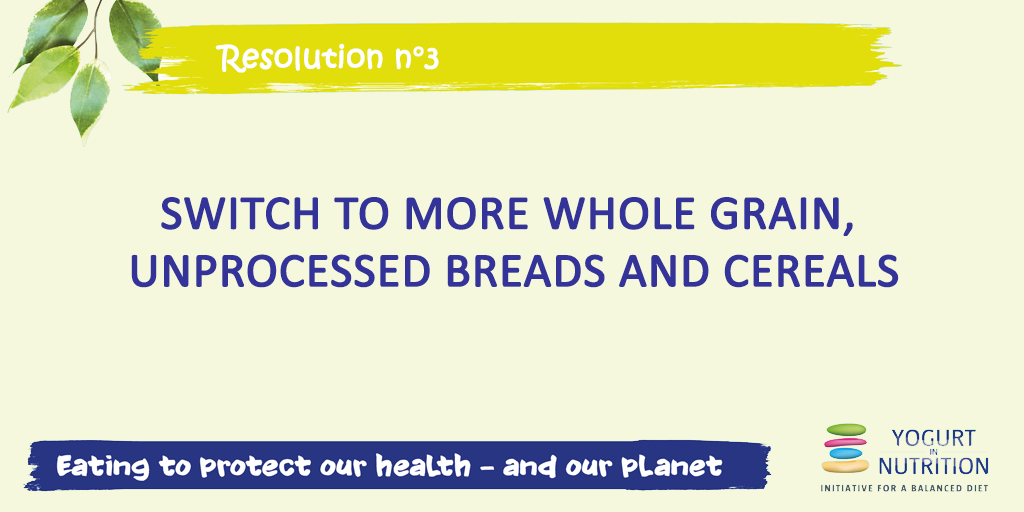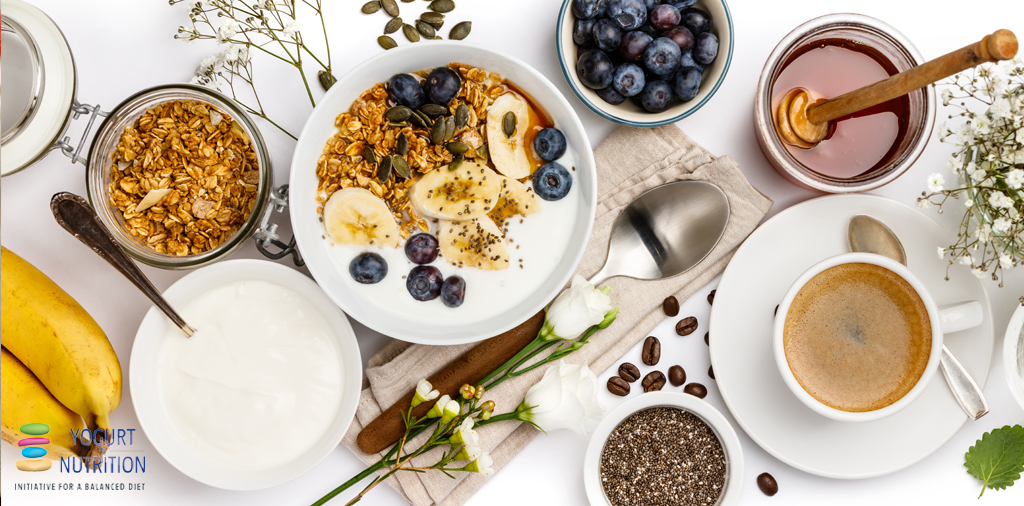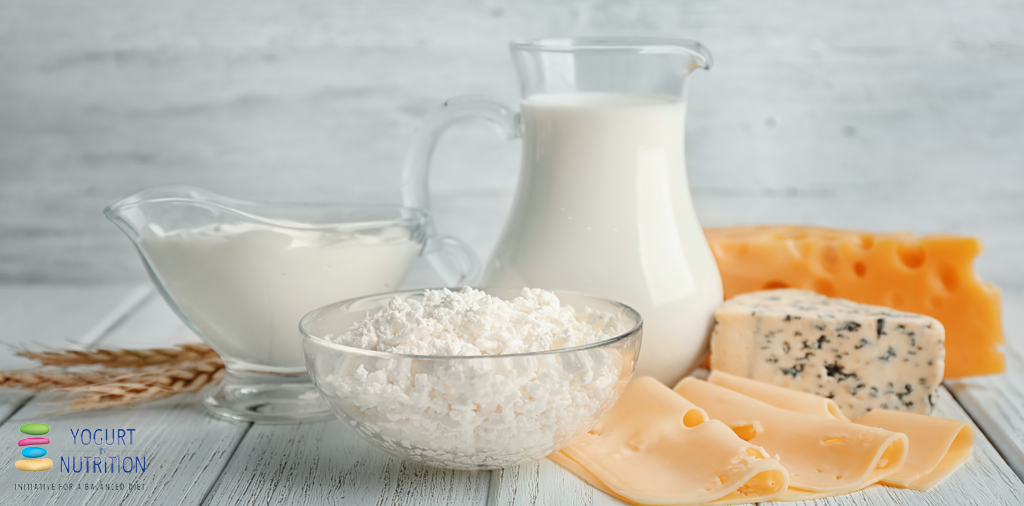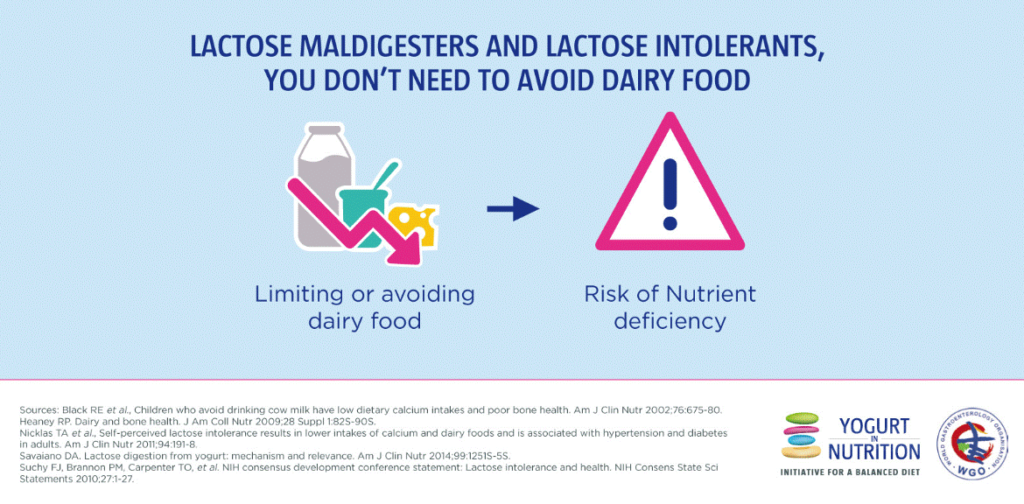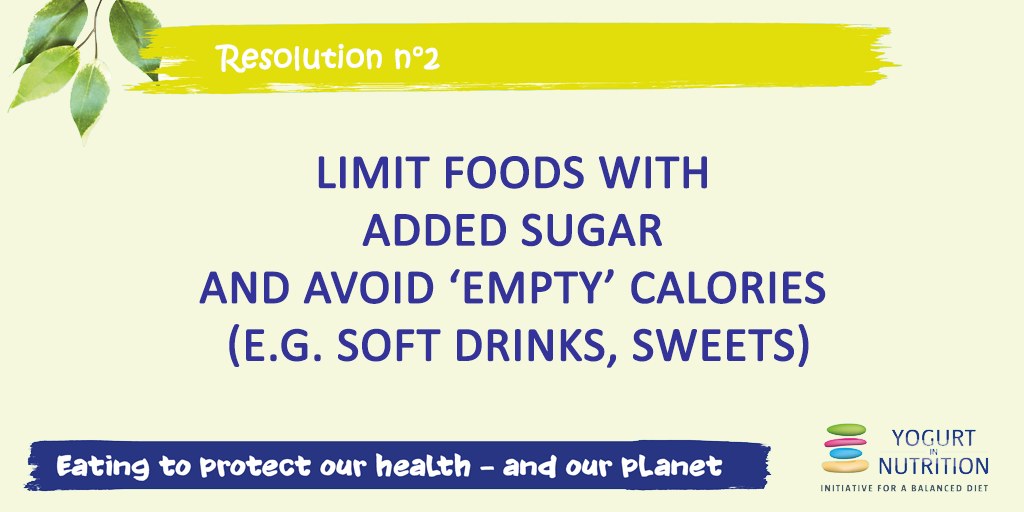Do you want to know more about sustainable diets but don’t know where to go for the best advice? Look no further than this expert report from the United Nations’ Food and Agriculture Organization (FAO) and the World Health Organization (WHO).
The importance of sustainable healthy diets can’t be underestimated. Malnutrition, which includes eating too much unhealthy food as well as having insufficient food, is a major cause of ill health and premature death worldwide, says the report. Shortage of quality food causes stunted growth, wasting, and vitamin and mineral deficiencies. Eating unhealthy foods containing high levels of fat and sugar leads to weight gain and obesity, which are linked to diseases such as diabetes, heart disease and some cancers.
At the same time, our food systems – the production, processing, packaging, distribution, consumption and disposal of food products – are harming the environment. They account for up to 35% of greenhouse gas emissions, use lots of freshwater and cause pollution of land and water. The demand for agricultural land often involves cutting down trees and destroying wildlife.
A diet is more than the sum of the nutrients and foods eaten, says the report. What we eat is part of our way of life and, as such, food systems and diets are shaped by social and cultural factors and what we can afford.
Aims of sustainable healthy diets
Sustainable healthy diets promote health and wellbeing, have low environmental impact, are affordable, safe and readily available to everyone, and are culturally acceptable.
The aims of sustainable healthy diets are also to:
- achieve best possible growth and development for everyone and support functioning and physical, mental, and social wellbeing throughout life, for us and our future generations
- help prevent malnutrition, whether it’s undernutrition, micronutrient deficiency, or overweight and obesity
- reduce the risk of diet-related non-communicable diseases (e.g. diabetes, heart disease, stroke, some cancers)
- support biodiversity and the health of the planet
Guiding principles for sustainable healthy diets
Health
- Start early: when it’s possible, prefer exclusive breastfeeding until 6 months of age, and continued breastfeeding until at least 2 years old
- Contain a variety of unprocessed or minimally processed foods, balanced across food groups
- Include wholegrains, legumes, nuts and an abundance and variety of fruits and vegetables
- Can include moderate amounts of eggs, dairy, poultry and fish, and small amounts of red meat
- Include safe and clean drinking water
- Provide enough energy and nutrients for growth and development and an active and healthy life
- Are consistent with WHO guidelines to reduce the risk of diet-related non-communicable diseases
- Have minimal (or none if possible) pathogens and toxins that can cause disease
Environmental impact
- Keep within targets for greenhouse gas emissions, water and land use, nitrogen and phosphorus application, and chemical pollution
- Preserve biodiversity
- Minimise the use of antibiotics and hormones
- Minimise the use of plastics
- Reduce food loss and waste
Social and cultural aspects
- Respect local culture, cooking practices, and eating patterns
- Are widely available and desirable
- Avoid adverse gender-related impacts (e.g. time spent buying and preparing food, fetching water and firewood)
Real-world sustainable healthy diets
- The Mediterranean Diet (MD) and the New Nordic Diet (NND) have become popular because of their association with health benefits. These are plant-based diets with low-to-moderate amounts of animal-sourced foods. Both diets are associated with less harm to the environment.
- MD is characterised by lots of vegetables, fruits, nuts, legumes, seeds and fish, with liberal use of olive oil, a moderate amount of dairy foods, and only a little red meat
- NND is characterised by a high content of local fruits and vegetables (especially berries, cabbage, root vegetables and legumes), fresh herbs, potatoes, mushrooms, wholegrains, nuts, native fish and shellfish, seaweed, and free-range meat
‘The Guiding Principles for Sustainable Healthy Diets are food based, and take into account nutrient recommendations while considering environmental, social/cultural and economic sustainability.’ – FAO and WHO, 2019.



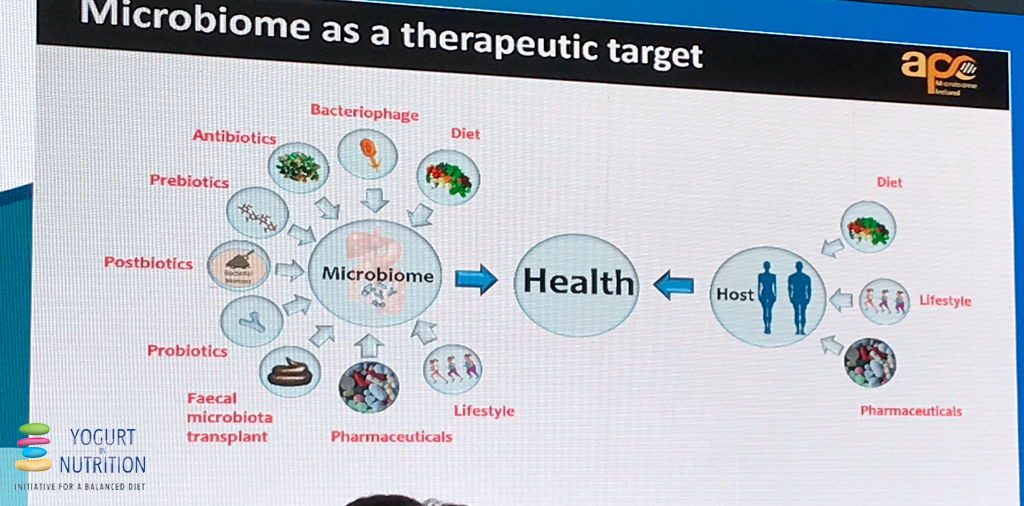


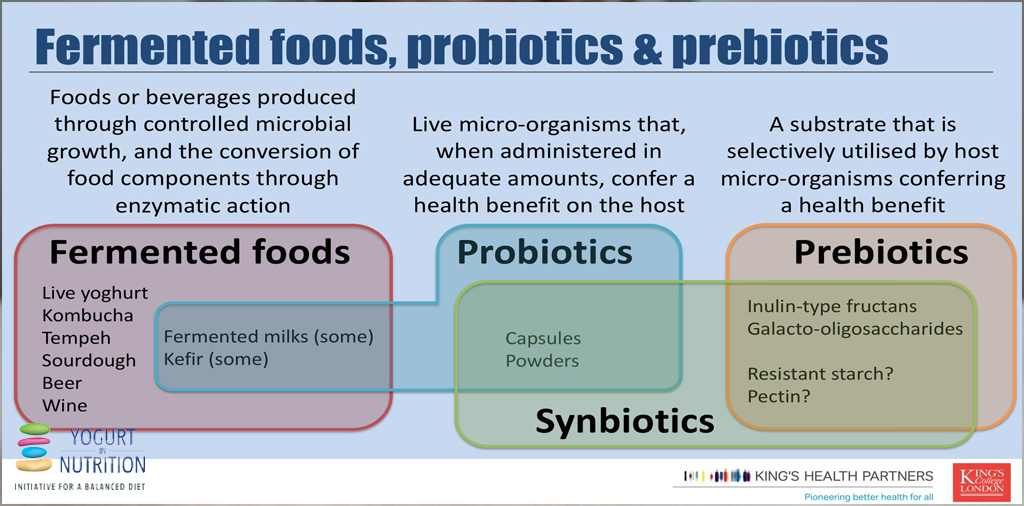
 Registered Dietitian, Andrea Hardy from Calgary, Canada, specializes in gastrointestinal disorders and the gut microbiome. She is recognized as Canada’s gut health dietitian – educating health care professionals and the public on the pivotal role nutrition plays in gut health. You can find her at Ignite Nutrition, or on Twitter (
Registered Dietitian, Andrea Hardy from Calgary, Canada, specializes in gastrointestinal disorders and the gut microbiome. She is recognized as Canada’s gut health dietitian – educating health care professionals and the public on the pivotal role nutrition plays in gut health. You can find her at Ignite Nutrition, or on Twitter (
